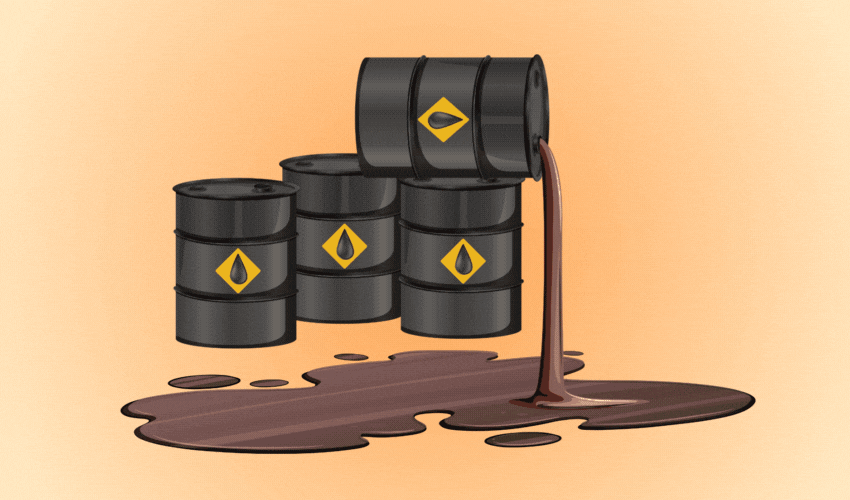Global oil prices continued to surge, hitting a 10-month high as supply worries and disruptions outweighed demand concerns. Both Brent and WTI crude prices showed resilience, driven by multiple factors influencing the market.
On Wednesday, international benchmark Brent futures inched up 8 cents to $92.14 a barrel, while U.S. West Texas Intermediate (WTI) crude saw a 0.2% increase, reaching $88.98 a barrel.
These gains followed a remarkable 2% surge on Tuesday, bringing prices to levels last seen in November 2022.
Optimistic demand outlook
Analysts point to a bullish demand outlook from OPEC and the U.S. Energy Information Administration (EIA) predicting a decline in global oil inventories.
These factors reinforced the market's perception of a tightening supply in the near future, according to Satoru Yoshida, a commodity analyst with Rakuten Securities.
Adding further support to oil prices, OPEC member Libya temporarily closed four of its eastern oil export terminals due to a deadly storm. The supply disruption from this event contributed to the upward pressure on oil prices.
China's demand concerns linger
Despite the overall positive sentiment, concerns over weaker demand in China continue to cast a shadow over the oil market.
Analysts are cautious about the potential impact of reduced demand from one of the world's largest oil consumers.
OPEC's optimistic growth
OPEC remains steadfast in its forecasts for robust global oil demand growth in 2023 and 2024. The organization cites signs that major economies are weathering challenges such as high interest rates and elevated inflation.
Saudi Arabia and Russia have extended voluntary supply cuts of 1.3 million barrels per day (bpd) through the end of the year, maintaining a commitment to keeping supplies tight. This alliance, known as OPEC+, plays a pivotal role in managing global oil production.
The U.S. Energy Information Administration (EIA) anticipates a significant decline in global oil inventories, with a projected reduction of nearly half a million bpd in the second half of 2023. This forecast has led to expectations of Brent crude averaging $93 per barrel in the fourth quarter.
Mixed inventory data
In contrast to the EIA's outlook, recent data from the American Petroleum Institute (API) showed an unexpected increase in U.S. crude oil, distillate, and gasoline stockpiles. Crude stocks rose by approximately 1.2 million barrels, deviating from analysts' estimates of a draw of about 1.9 million barrels. Gasoline inventories saw a significant increase of around 4.2 million barrels, while distillate inventories rose by approximately 2.6 million barrels.
The global oil market remains influenced by a delicate balance between supply disruptions, demand fluctuations, and geopolitical factors, making it a closely watched and volatile commodity in today's economic landscape.



























